Posted by Doug Plummer on March 20th, 2007

Photographing the Big Sur coast can be daunting. There’s the pesky issue of it being so spectacular. Every turnout looks like a Sierra Club calendar photo. How do I make make something of my own from these environs? What I found out was, to not try very hard at any of it. I found that a sort of creative indirection was the best way to handle the gorgeous scenery.
It is not my first trip to the region. About a decade ago, I got myself a 4×5 camera. The intent was to do a “beginner’s mind” thing with my photography, start over with an unfamiliar technology and see what kind of pictures I would make if I had to compose them upside down and under a dark cloth. I was very intent on what I was doing. I had a plan and a purpose. In the end, I made the expected sort of photographs you get when you trundle around the central California coast with a 4×5. After about three years I figured out that large format was not advancing my photography anywhere I wanted it to go, and I went back to smaller formats.
Another trip I did with stock photography in mind. Those spectacular pullouts on Highway One were the point, as were the forests and the towns and the tourist destinations. I had a plan, and a place for the photographs.
This time, I had no plan. I responded to the whim of my inner compass as Robin and I drove from LA to SF. In southern California I wandered slowly through the brushy canyons, when I wasn’t making photos inside of art museums. Morro Bay was about empty water and sky. At Pfeiffer Beach, I turned my back on the surf and rocks and headed for the blown down mess of cypress trees behind the dunes. It was hard, unrelenting sunlight, the worst sort of conditions for this kind of environment. I messed around without expecting too much from it. At the state parks in Big Sur I birded along the rivers, casually shooting where I was, without a deep fixation on anything in particular. Sometimes I did become fixated; I had great fun on Weston Beach in Pt. Lobos, pretending I was channelling Edward Weston himself making poignant, pregnant abstractions. I even let myself photograph the spectacular views, on a tripod and with a polarizer filter. Hey, might as well do it right.
A great thing about an aimless trip of this sort is that the pressure’s off. Image making is still the compelling activity, but there is a deliberate purposelessness about the effort. It allows me to do that most important work of an artist—to fail a lot. I explored a lot of visual dead ends, I made abundant bad pictures, I responded to what was around me, but most of those responses missed the mark. I joke with my clients that I’m a good photographer because I’m a bad photographer a lot more often. It’s more true for most of us than we might like to admit. On a trip like this, I can afford to indulge these apparently fruitless explorations.
It is important work nonetheless. This is where what’s next happens. Sam Abell, a mentor of mine, puts it as “shooting ahead of ourselves.” The dominant theme in my work now started unrecognized while I was busy with something else. One of my dead ends might become an important part of my work henceforth. Or not. My job is to indulge the aimlessness whenever I have the opportunity. It’s like the basic rule of investing—make sure you have a diversified portfolio. I am adding to the savings account on a trip of this sort. The return will come sometime when I don’t expect it.

Posted by Steve Durbin on March 13th, 2007
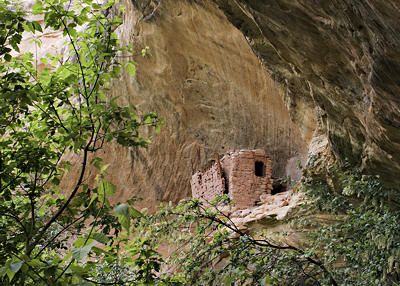
It is said you can never step into the same river twice. The river flows on, the world changes. But I have a chance next month to return to Anasazi country where I photographed a year ago, and water seldom flows there at all. Conditions will probably be much the same, unless there’s a break from the hot, clear weather of last time. I will probably see some of the same ruins I photographed before, but I’m sure to see others as well. I am very interested to see what will come out of a return visit.
more… »
Posted by Doug Plummer on February 13th, 2007

A while ago I got “fan mail” from someone regarding my portfolio of “stick pictures,” a body of work that I make in dense, brushy environments. She wanted some insight into my process, and I thought it would be illustrative to share the exchange here.
“Often I find that pictures of this nature look cluttered and pinched, but yours I find to be exceptionally emotive and contemplative. I was wondering about your mental and emotional approach to shooting these images. Do you focus more on the mental, with respect to composition, or is it something that you feel more so than see?”
My response:
“Thanks for the note. The “stick pictures” is where I do my deep work as a photographer. It is internal, it is visceral, and the question of why that sort of landscape is so compelling to me is not the interesting one. I’m grateful that there is such a rich vein for me to mine and that it has stayed so compelling for so many years.
“Though I’m sure it would be hugely valuable, I don’t meditate, I don’t do yoga, and I don’t have a regular practice to center myself or otherwise quiet the inner voice in my head so that I can pay attention to the moment. I’m actually an anxious fidgeter much of the time, and I’m forgetful and absent minded. Working with the camera, in the landscape, is the closest I get to a meditation practice of any kind, and it probably occupies that role in my life. I do know that, in those complex brushy environments, I am able to let go of the conscious attention to composition and framing and the sense that “now I’m taking a picture.” The pictures find themselves, and I follow. That part of the brain that is a lot smarter than the part that consciously knows what is going on is taking the lead.
“I have, though, been working this way for a couple of decades. The technical part is fluid and unconscious. I also take a lot of bad pictures when I’m out there. A lot of the work is attending to the results of a given shoot, and ferreting out the one shot that exemplifies the coherence of the moment. My method is to post proof prints in a place where I will see them in my peripheral vision for awhile, like my kitchen. Over time I take down the ones that bore me, and I see what survives. It is the spawning salmon method of photography. Most of the roe get eaten. Only a select few grow to adulthood and see the world.”
The link to the portfolio is here. I’ve fixed the code that seemed to keep non-IE users from viewing the page.
Posted by Birgit Zipser on February 9th, 2007
David’s Self-Portrait with Raven reminded me of this picture of a black bird that I carried in my mind: 
more… »
Posted by Arthur Whitman on February 7th, 2007
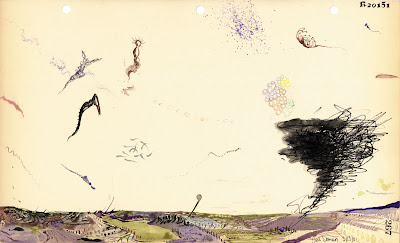
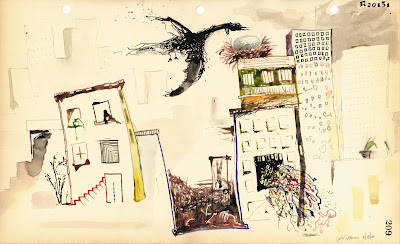
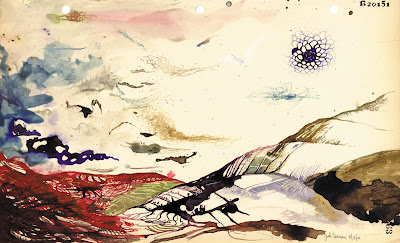
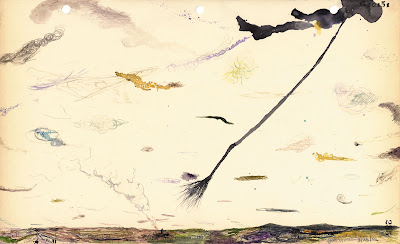
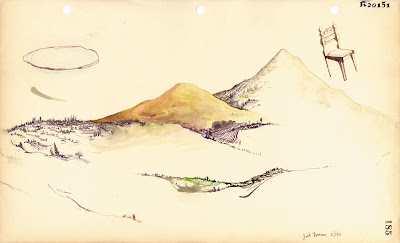
I first came upon Dorman’s work in a show at New York’s CUE Foundation and was thrilled. More work and information here.
Posted by Steve Durbin on February 6th, 2007

I always find it interesting to see how different artists treat the same subject. Browsing the web, I’ve come across a number of images from several photographers that are close to some of mine in subject matter. Not only that, but they appear close in spirit as well. That evokes two reactions in me: disappointment that I’m not the first and only one to see the world in this unique and compelling way, and pleasure in finding others who seem to see the world in this unique and compelling way.
These are photographers I can learn from. Not only because I enjoy and respect their larger bodies of work, but because by comparing similar images I think I can learn more about my own work. I want to understand what distinguishes my own vision or style, which is not something I derive from principles, but have to discover by making images and looking at them.
more… »
Posted by Steve Durbin on December 19th, 2006
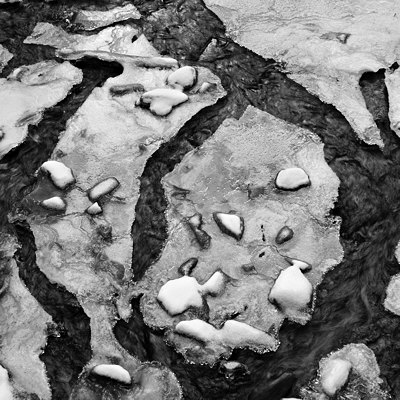
I’ve always loved Minor White‘s dictum to photograph something not only for what it is but also for “what else it is.” His images that accord best with that idea tend to be ambiguous ones of rocks, frost on windows, etc. I don’t really know whether or not he had clear ideas with particular images what else they were of. Which would be just like I don’t for the image above. But I do have a kind of feeling that it’s about more than a frozen stream at the base of Pine Creek Falls at the northern end of (I kid you not) Paradise Valley.
more… »











